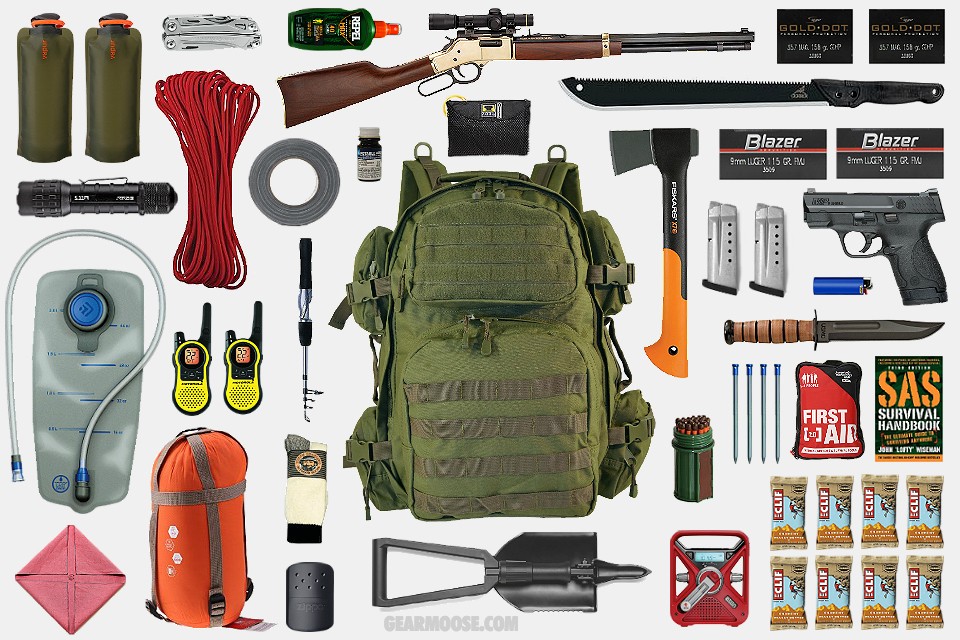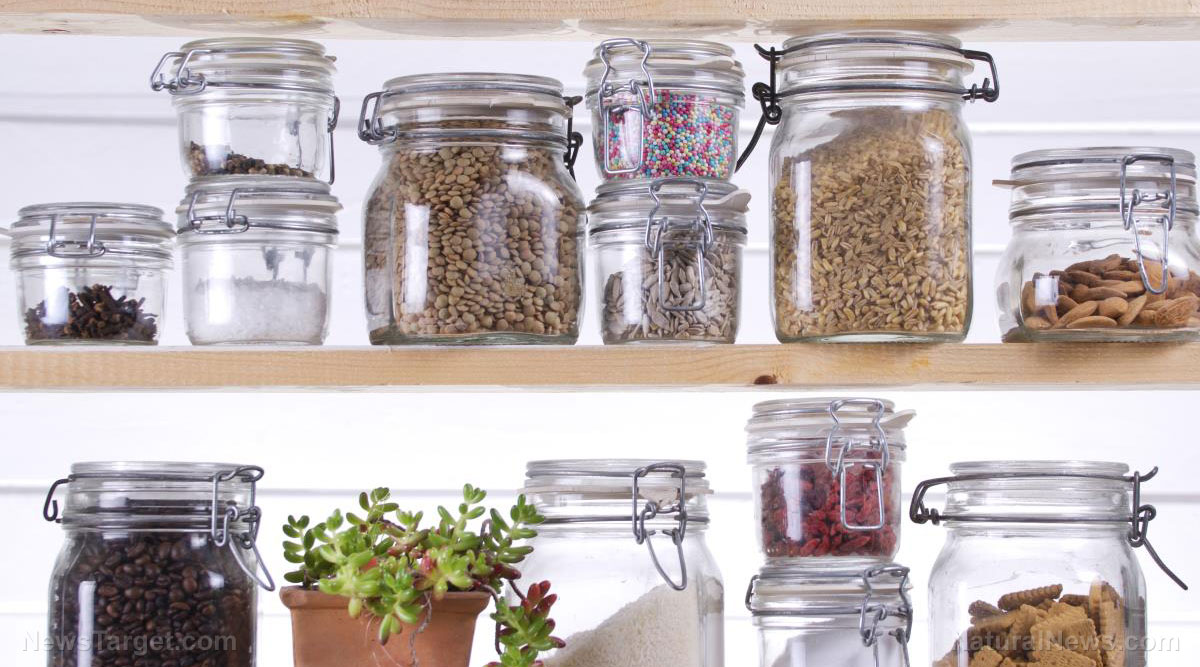Five types of items that should never be in your bug out bag
02/19/2019 / By Michelle Simmons

Some preppers are too focused on accumulating goods which could be useless or replaced with more appropriate items. Having more things than what you actually need could weigh you down. To avoid this from happening, here are five types of items you should not put in your bug out bag:
- Items that you do not know how to use or have not used before: This is a common mistake made by many beginner preppers. They may bring crank radios, small solar panels, weapons, or generators without knowing how to use them. How can you use a prepping item during an emergency if you do not know how to use it now?
- Single-use items: Solar lights, for example, may provide some light, but only when there is the sun to power and charge them. They are considered useless during winter or a snowstorm. Instead of solar lights, it is better to have a good lantern or a candle. Your prepping items should also have more than one use if possible, such as a flashlight/radio combo, bandanas, paper clips, and etc. Bringing multipurpose items will also help you save a lot of space and weight.
- Short shelf life items: Food is essential for survival. However, your food should have a long shelf life. Having a food supply that can last long saves you from starving during an emergency and from worrying about spoilage. This is also important because you will never know how long a disaster will last. Ideally, it is best to have a food supply that can last two to 10 years, but having items that last for at least a year would be fine. (Related: Prepping your pantry: 10 must-have food items with a long shelf life.)
- Things that need electricity to work: During a disaster or emergency, a power outage is likely to occur. Therefore, it is best to leave out electronic items or anything that relies on electricity to work, such as flash drives or ebooks. Instead of storing your information, important documents, and reference materials using electronic means, print them out and purchase paper reference materials. Similarly, for tools like drills, it is better to keep a battery-operated one. But since you will still need electricity to charge the batteries, keeping a hand-powered drill would be the best option.
- Seeds and roots: Survival seed banks have gained popularity recently. However, they don’t last long. After a year or two, most seeds would have already lost their rate of germination. Instead of buying seeds in packets, learn how to save seeds yourself. Some people also keep roots and tubers in oxygen absorbers and mylar bags — which also isn’t a good idea. Like seeds, roots and tubers will eventually rot and dry out and will not produce when planted. If you want to plant root crops or tubers, it’s better to plant them now to get them started.
Sponsored solution from the Health Ranger Store: The Big Berkey water filter removes almost 100% of all contaminants using only the power of gravity (no electricity needed, works completely off-grid). Widely consider the ultimate "survival" water filter, the Big Berkey is made of stainless steel and has been laboratory verified for high-efficiency removal of heavy metals by CWC Labs, with tests personally conducted by Mike Adams. Explore more here.
When packing your bug-out bag, there are two questions you need to ask yourself: “Do I really need this?” and “Is there an item that would be smaller or weigh less?” These two questions will help you decide what you really need and what items will actually be helpful when SHTF.
Sources include:
Tagged Under: bug out, bug out bag, bugout, Collapse, disaster, Gear, multipurpose survival tools, off grid, preparedness, prepper, prepping, SHTF, survival, survival gear, survival items, survival skills, survival tools




















